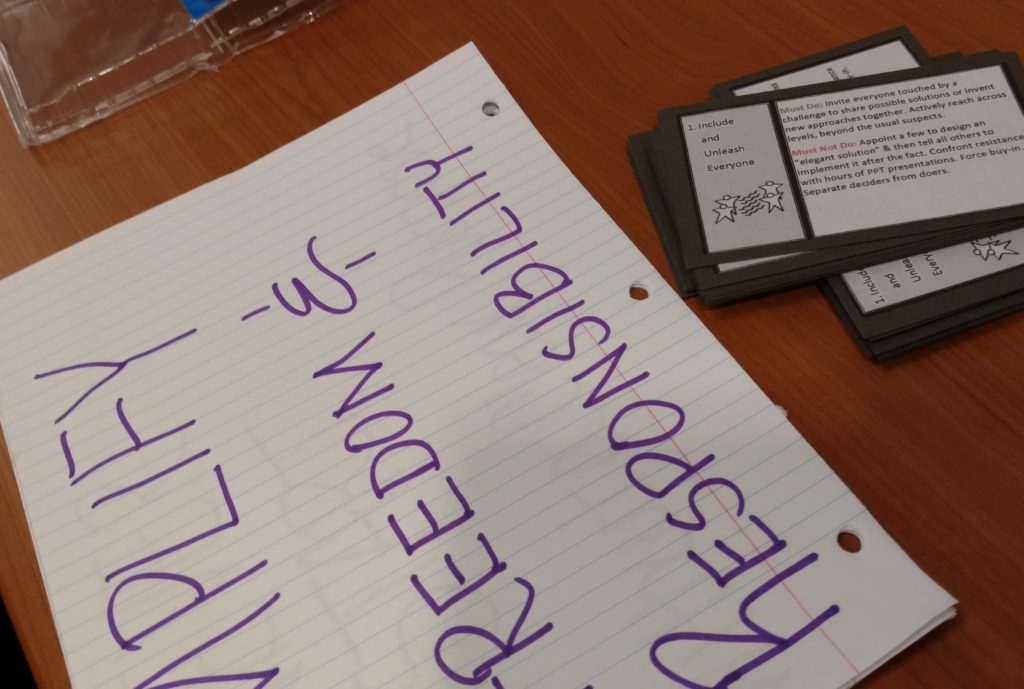Ah, 2017, such a quaint time when we still used Adobe Connect. 🙂 It was a pleasure to go back and re-read Jenny Mackness’ post, The power of silent learners | Jenny Connected.
While the post and the webinar it reflects upon focus on learning/education contexts, there is a lot we can extrapolate to today’s mix of online and F2F. It is always good to remind me, a person who thinks by talking (which is not just being an extrovert!), that people experience the world in different ways and we can use that diversity and design for it, or try to put it in a box. NOT!
The post gives a detailed report on the webinar Jenny attended, and why she liked it. What I like about her post is this question:
The main thought I have come away with is to question whether it helps silent learners to focus on them in this way. Jan Willem felt it does, because he feels that there is not enough recognition of what silent learners can offer. For me the danger is that in doing this we may reinforce the view that somehow silent learners are a problem and that we need to solve this problem by enabling them, empowering them, to become a bit noisier. Personally, I don’t think that learners can be empowered by others. They empower themselves, although they can be supported in doing this.
I appreciate Jenny’s observation. The more we try and HELP people, the more we risk actually diminishing them.
It appears that the day I saved the URL to Jenny’s post, I also saw something from Fast Company that suggests we avoid the binaries of alone/together, introvert/extroverts and use a pattern of small/large group alternation.
“The way to maximize creative potential is to flow between being alone and being in a group, and back again.”
This resonates with my approach to group facilitation and is, indeed, part of the fundamental patterns of approaches such as Liberating Structures. As noted in a previous post, this allows for nuance and context.
